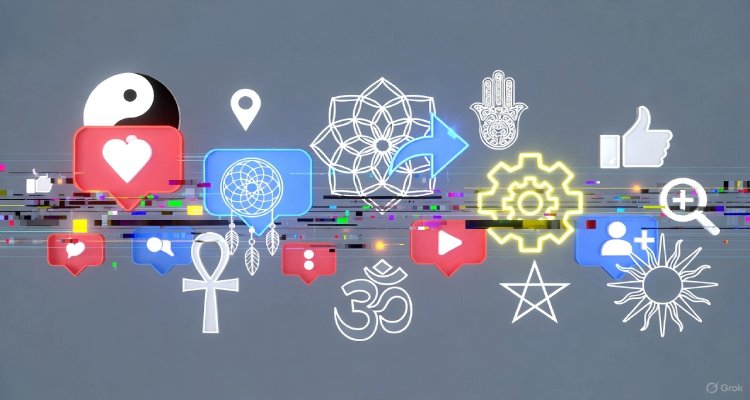The Era of Friendflation: Why Making Friends Is Becoming Expensive
From pricey brunches to rising event costs, “friendflation” is making socializing harder. Here’s why friendships now come with a growing price tag.
Introduction: The High Price of Friendship
Friendship, once considered a priceless bond, is increasingly being measured against rising costs. From dinners out to birthday parties, the simple act of maintaining social ties has become an economic burden for many. This growing phenomenon—dubbed “friendflation”—reflects how inflation and lifestyle expectations are reshaping modern relationships, making social connection a privilege rather than an accessible human need.
Context & Background: From Coffee Dates to Costly Outings
For generations, friendships thrived on spontaneity—catching up over coffee, visiting each other’s homes, or meeting at the park. But over the last decade, the economics of socializing have shifted. Urbanization, the rise of consumer-driven lifestyles, and inflation have changed the equation.
A birthday dinner that once meant a homemade meal now often involves splitting a restaurant bill. Weddings that once featured modest gatherings now require destination trips, expensive gifts, and coordinated outfits. Even casual hangouts—brunches, concerts, or fitness classes—carry hefty price tags. As wages stagnate and costs rise, the financial pressure to “keep up” with friends intensifies.
Main Developments: The Emergence of Friendflation
“Friendflation” isn’t just about money—it’s about expectations. Social outings are increasingly linked with consumer spending, and opting out can feel like opting out of the friendship itself.
- Dining Out: Instead of potlucks, group dinners now lean toward trendy restaurants, where bills can exceed $50–$100 per person.
- Celebrations: Birthday parties, bachelorette trips, and weddings often stretch into multi-day events, demanding airfare, hotel stays, and pricey gifts.
- Experiences Over Things: Friends are more likely to bond over ticketed experiences—concerts, festivals, or fitness classes—rather than free activities.
- Digital Influence: Social media amplifies the pressure, showcasing curated lifestyles and creating FOMO around costly outings.
This shift creates an unspoken hierarchy: those who can afford to participate, and those who quietly withdraw.
Expert Insight & Public Reaction
Sociologists argue that friendflation is more than a financial inconvenience—it’s a cultural transformation.
Dr. Marisa Cohen, a relationship scientist, explains: “Friendship has historically been rooted in mutual support and shared experiences. But as consumer culture dominates, social connection is increasingly tied to spending power.”
Public sentiment reflects the strain. Online forums are filled with stories of people declining weddings or distancing themselves from friends because of cost. A 2024 survey by LendingTree revealed that 52% of Americans have felt financial stress from social obligations, with millennials and Gen Z reporting the highest levels of pressure.
As one Reddit user put it: “It feels like friendship is pay-to-play now. If you can’t afford the trip or the dinner, you’re out of the loop.”
Impact & Implications: Who’s Affected Most?
The burden of friendflation doesn’t fall evenly.
- Young Adults: Entering the workforce with student debt, they feel pressure to attend weddings, concerts, and parties despite limited budgets.
- Middle-Class Families: Parents navigating childcare and rising costs find it harder to justify expensive nights out or weekend getaways.
- Low-Income Communities: Social exclusion deepens as costs rise, reinforcing feelings of isolation.
At a societal level, this could weaken the very fabric of social trust. If friendships become financially unsustainable, people risk retreating into isolation—an outcome already visible in the post-pandemic loneliness epidemic.
Conclusion: Can Friendship Survive Inflation?
The rise of friendflation poses a difficult question: can friendships thrive without financial strain? Experts suggest that redefining connection—through low-cost activities, transparent conversations about money, and a shift away from consumer-driven expectations—will be key.
Friendship should never be a luxury item. As society grapples with rising living costs, the challenge is to preserve the essence of human connection: presence, support, and belonging—without the price tag.
Disclaimer : This article is for informational purposes only. It does not offer financial advice.











